The Next Generation Internet: How Kucoin Implements Web3
The modern version of the Internet has a lot of shortcomings: centralized data storage makes it possible to steal confidential information, restricts access to services, and network failures due to problems on the side of providers.
Together with KuCoin, we talk about the next generation of the Internet and its role in the platform ecosystem.
Table of Contents
What are Web1, Web2, and Web3
The Internet is constantly evolving: developers are introducing new data transfer protocols and ways of interacting with users.
The creator of the URL and HTTP protocols, Tim Berners-Lee, in the book “The Origins and Future of the World Wide Web,” identified two generations of the Internet, and later members of the WWW consortium introduced the definition of the third:
- Web1 – sites with static content: text, links, images. Page content only changes on reload;
- Web2 – interactive sites and web applications. Pages display personalized content based on visitor behavior and preferences;
- Web3 – decentralized sites and applications. Users own digital data and private information.
With the popularization of blockchain and cryptocurrencies, elements of the digital economy were added to Web3: payments without intermediaries, smart contracts instead of contracts, and data monetization using NFT.
The KuCoin team believes that the next generation Internet should be decentralized and user-friendly:
“We share the vision of a Web3 Internet that belongs to the people and is developed for the people,” said Johnny Liu, CEO of the exchange.
For this reason, KuCoin is incorporating Web3 elements into existing and new products such as KuCoin Wallet, Windvane NFT Marketplace, Wonderland NFT Playground, and other ecosystem services.
KuCoin Wallet
KuCoin Wallet is a cryptocurrency wallet for mobile devices. The app supports Ethereum, Polygon, BNB Chain, KuCoin Community Chain tokens, and NFTs.
KuCoin Wallet’s Web3 features include creating a digital avatar, a built-in browser for working with DeFi services, and non-custodial storage of private keys only on the user’s device.
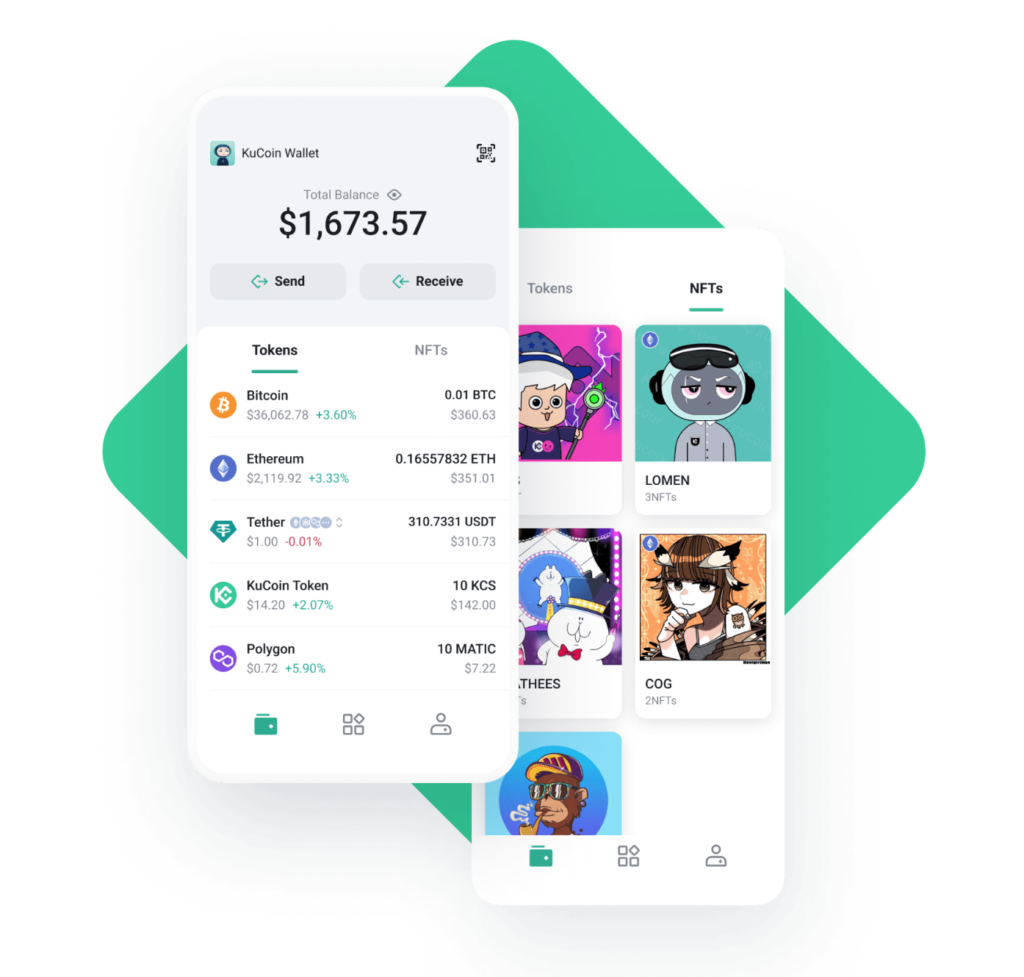
The release of the wallet took place on June 28. Before that, its security was tested by the Hacken service.
The developers plan to integrate KuCoin Wallet with the Windvane marketplace. Users can then create and trade NFTs directly within the app.
Windvane
Windvane is a decentralized NFT marketplace from KuCoin. Users can mint non-fungible tokens, trade, release collections, and spendINO.
The platform supports NFTs based on Ethereum, BNB Chain, and KuCoin Community Chain (KCC).
The launch of Windvane took place on May 30th. In honor of the launch, the platform released the Windvane Genesis NFT collection, consisting of 4500 unique Lazy Roosters.
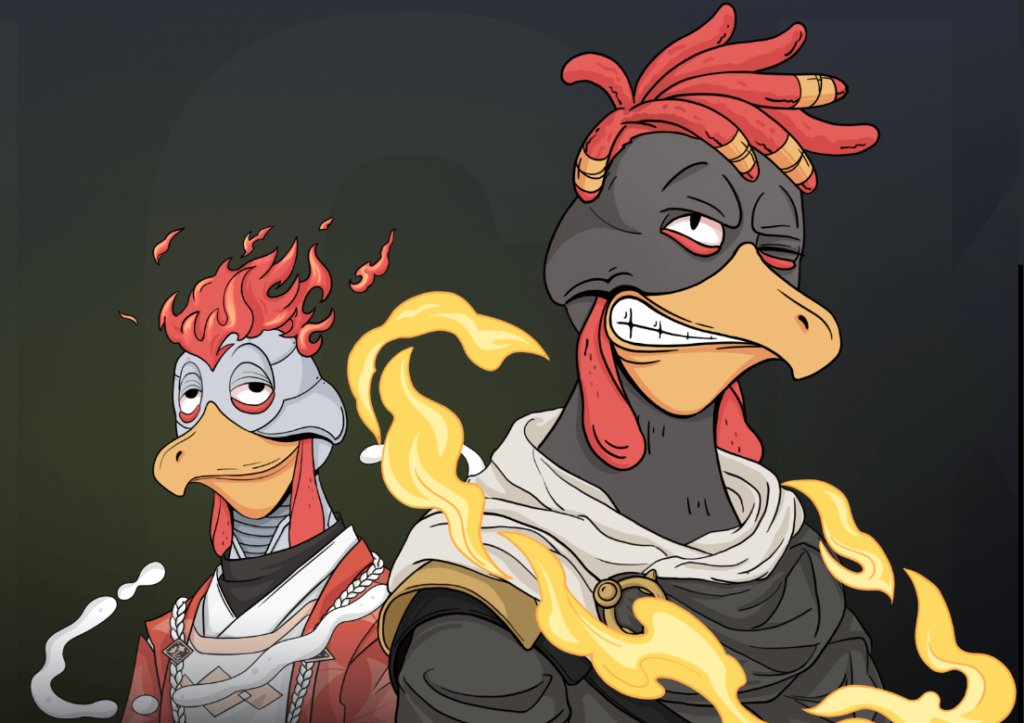
A characteristic Web3 feature of the marketplace is a distributed network (IPFS). Third-party developers may create alternate applications to access Windvane and its hosted tokens.
In addition, the investment arm of the KuCoin exchange and Windvane launched the Creators Funds fund with a capital of $100 million. The organization finances and promotes NFT creators in various topics: PFPand GameFi.
Creators Funds is currently selecting artists to share $100 million and receive marketing support from KuCoin and Windvane. To participate in the competition, you must fill out a Google Form.
Wonderland
Wonderland is a platform for gaming NFTs. Its users can buy loot boxes, characters, skins, accessories, weapons, and other items and sell and rent an in-game property.
The service provides access to NFTs for casual blockchain games in the Play-to-Earn format. Among them:
- Pikaster is a card combat platform. Players fight with fictional animals – Picasters. Each Picaster is an NFT that can be rented, bought, or sold. In battle, users earn tokens for staking or additional profit;
- CEBG (Crypto Elite’s Battlegrounds) – anime-style combat multiplayer with PvP-PvPandPvEmodes. Users get one NFT hero to fight and then can find new playable characters and items;
- X Rush is an arcade racing game with shootouts across multiple metaverses. Users collect NFT racers, improve cars and compete with each other.
KuCoin Community Chain
KuCoin applications run on the public EVM-compatible KuCoin Community Chain (KCC) blockchain with Proof-of-Staked-Authority (PoSA) consensus algorithm. When choosing a validator, the network considers its ID and stake size.
KuCoin Token (KCS) is the ecosystem’s native token for paying transaction fees, which average $0.00000002637. KCS holders receive passive income and discounts when paying for transactions.
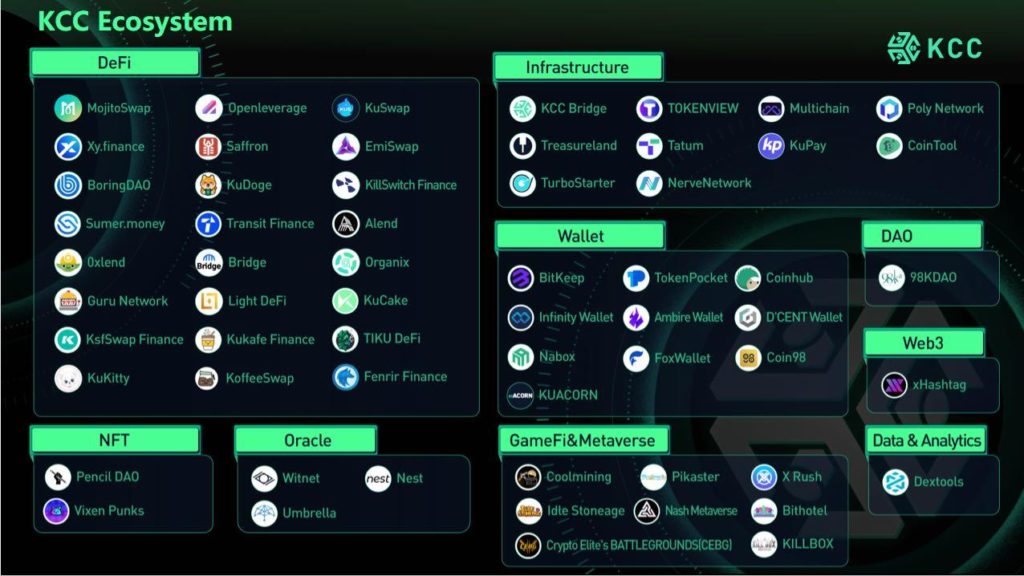
The platform is operated by the decentralized autonomous organization GoDao. KCS owners control the network through a proposal and voting mechanism.
Conclusions
The Web3 concept is increasingly attracting the attention of major market players: Uniswap Labs, Pantera Capital, Dragonfly Capital, and other companies that have already created venture divisions that focus on developing and financing next-generation applications.
The KuCoin team believes that the future of the Internet is in the evolution and implementation of distributed technologies. Therefore, it is also actively developing the Web3 direction in its ecosystem.

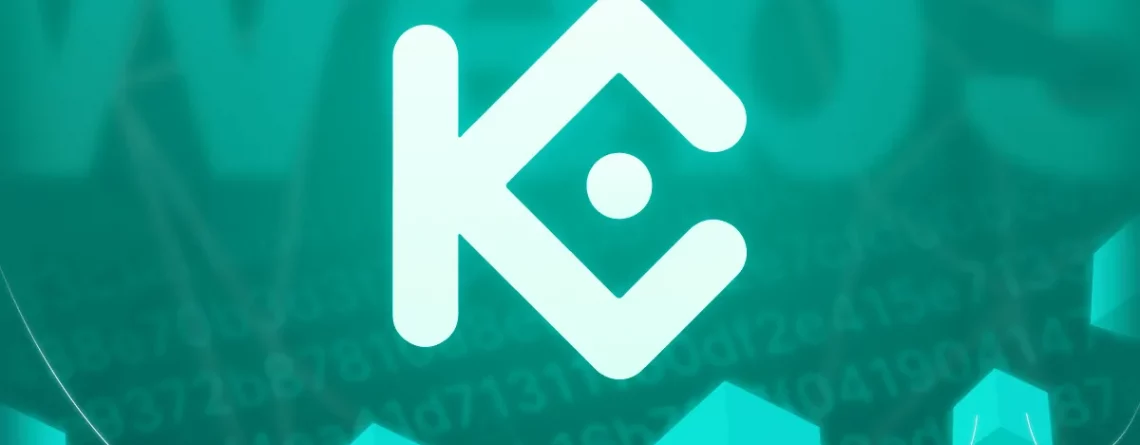

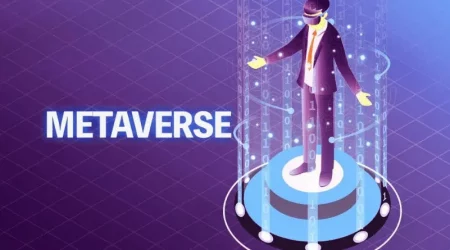

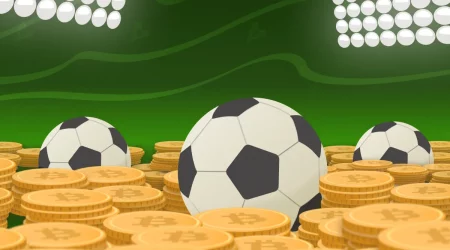
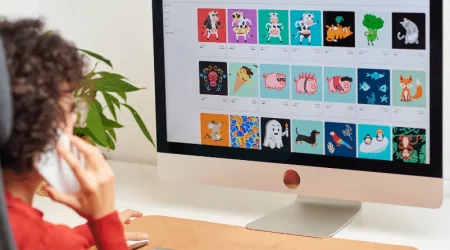



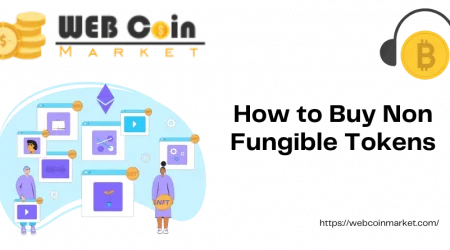
Leave a Reply